The Westhoek region is the westernmost part of Belgium that
roughly corresponds to the small sliver of land that remained behind the front
during WWI or was along the front and saw the worst of the horrors and destruction
between 1914 and 1918. The front in
those years extended roughly north to south between the North Sea and the
French border and, of course, onward through northern and eastern France all
the way to Switzerland. The Belgians managed to open sluice gates near the
North Sea to flood the polders and halt the German advance in October 1914. The
northernmost part of the front controlled by Belgian forces, thus, stayed
mostly underwater and saw little fighting, while the southern parts around
Ypres saw British Commonwealth and French forces dig in and fight some of the
worst battles of the four years of trench warfare along the front. I spent this
day mostly along the northern part of the front and what was behind the lines
in the Westhoek region.
The Belgians’ defensive position was such that they didn’t
see much fighting during the war and had lower casualty rates than other allied
troops, partly because King Albert I did not allow Belgians to get sucked into
General Haig’s pointless and deadly attempts at offensives to gain small
amounts of ground.
I did visit the Belgian military cemetery at Ramskapelle,
though, a relatively small one where troops killed in a brief battle at the
beginning of the war where Belgians held off a German advance before the
polders were flooded now lie.
The small town of Diksmuide was taken briefly by the Germans
in 1914 but was regained by Belgium. Nonetheless, the town was leveled to the
ground. For the last century Diksmuide has been known mostly for the Ijzertoren
and as a symbol of Flemish nationalism that was awakened during WWI with the
bad treatment of Flemish troops by the French-speaking officers corps and
Belgian political establishment which gave orders only in French and didn’t
even allow Flemish on the tombstones of fallen soldiers. I have to admit the
current 300 foot-tall tower is phenomenally ugly, kind of like the Gettysburg battlefield
tower was before it was torn down. It replaced the older shorter monument to
Flemish soldiers that was dynamited anonymously in 1946 by anti-fascists for
supposed Flemish collaboration with the Nazis in WWII. Besides being a great viewpoint, the tower
houses a 20-story vertical museum about Belgium during WWI and Flemish
nationalism in the century since.
I took a walk into Diksmuide in the hope of finding lunch.
The buildings around the Grote Markt look pretty nice but are, of course, all
reconstructions since everything was reduced to rubble during WWI. It was
apparently market day, but I got there as everything was closing down.
The food
trucks wouldn’t even sell me a hotdog!
I continued on a few miles west to the very small and very
cute town of Lo. Lo was behind the lines
and mostly not wrecked during WWI, so what you see in town is authentic rather
than reproduction. Here I found a restaurant named De Zwaan that was happy to
serve me a great two course lunch with tomato vegetable soup like mom used to
make and Chicken Provencale – a huge chicken breast topped with ratatouille.
Frites on the side, of course, and a local beer.
During WWI the town of Poperinge was known as “Pops” and was
far enough behind the lines that it served as a command center and also a
recreation center for soldiers. Among the sights in the small city are the
execution wall behind the town hall where British forces executed as many as 21
of their own troops for such various “crimes” as desertion and cowardice. A second
is Talbot House, a home set up under Christian principles that soldiers on
leave could access as an alternative to recreation centered around booze and
prostitution.
Nest I went to Lijssenthoek Military Cemetery a short
distance south of Poperinge. It’s located
near the site of a large allied army field hospital and is the second largest
British Commonwealth military cemetery in the world. Most of those buried at this
cemetery died not at the front but afterwards from wounds after being evacuated
to the nearby hospital. Fittingly, the weather turned ominous looking as I
wandered through with clouds swirling on a blackening horizon. I got back to my
rental car just as the heavens opened up.
Well, I guess that means its time for doing something
indoors like having a beer, right? The area around Poperinge is known for hops
cultivation and the very rural region also has one of Belgium’s highest
concentration of breweries. One of those is the famous Westvleteren brewery at Saint
Sixtus Abbey, one of the six Trappist breweries in Belgium and eight in the
world. Some people consider Westvleteren
12 to be one of the world’s best beers, to the degree that bottle sales have to
be ordered in advance, picked up on location, and are strictly limited in
quantity. The café at the abbey is one of the few places where you’re
guaranteed to be able to drink it on draft, and at a reasonable price too. I
tried their blonde as well as the Westvleteren 12. Needless to say, they’re
fantastic, but the world’s best? That’s hard to say – there’s so much great
Belgian beer other that it’s hard to rank them. The monks also make cheese. I
ordered some cheese as a snack and was shocked that three Euros worth was a big
slab of it that was big enough to make my dinner, along with a slice of their Almond
Hop Tart. Yes, they actually cook and bake with hops here. That’s Belgium for
you!

 Diksmuide, Flanders, Belgium
Diksmuide, Flanders, Belgium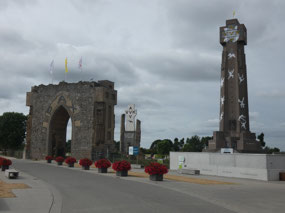

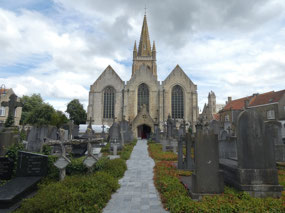
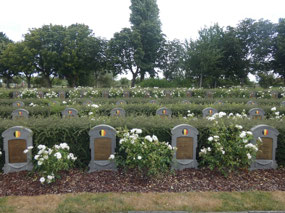

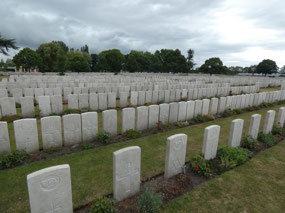
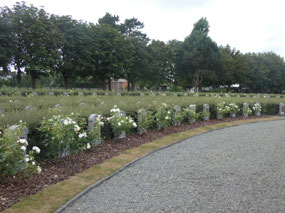
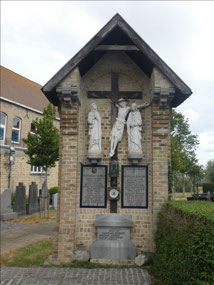
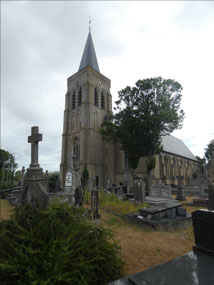
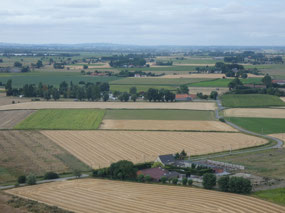

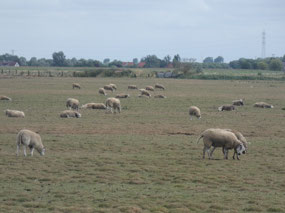
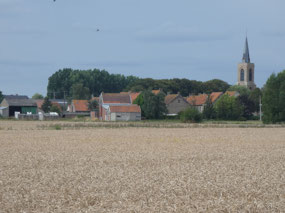

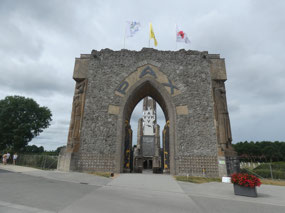

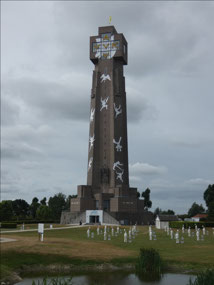
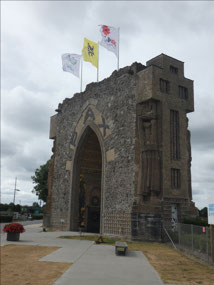
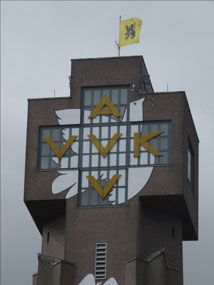
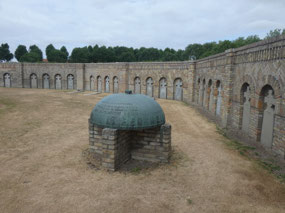
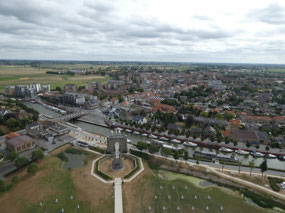
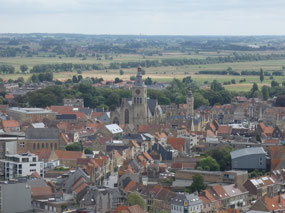
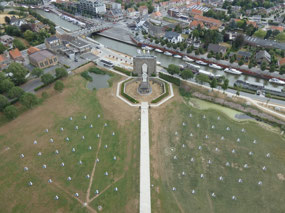
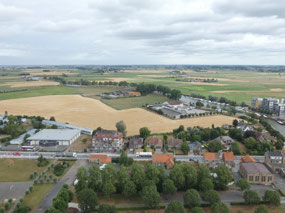
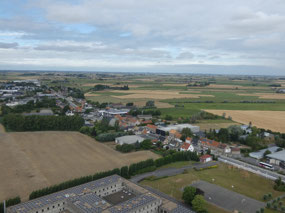

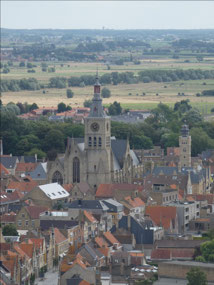
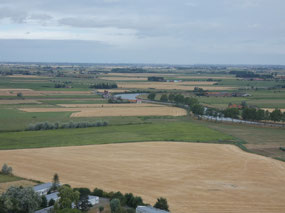
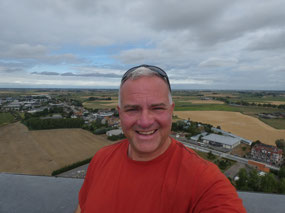
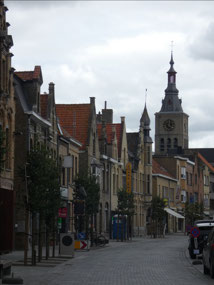

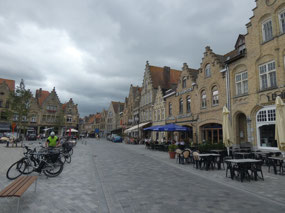
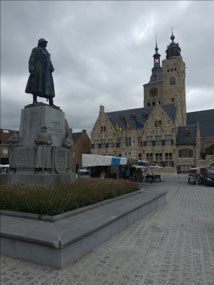
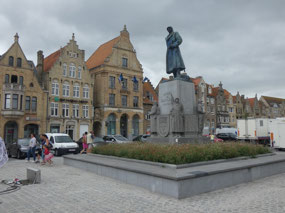
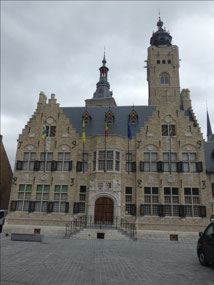
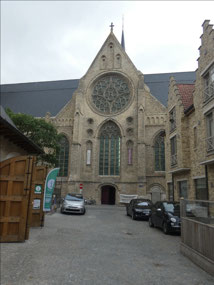
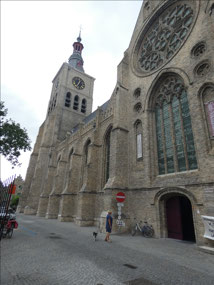
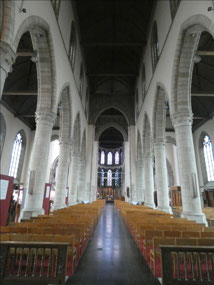
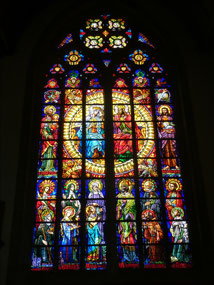

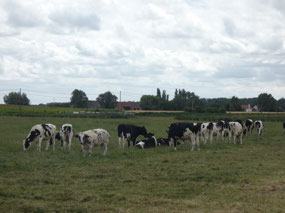
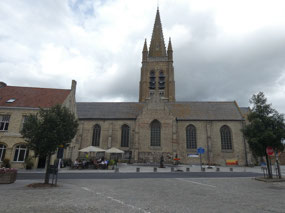
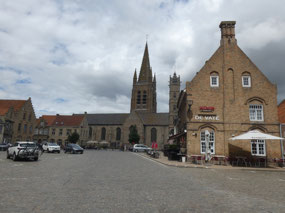
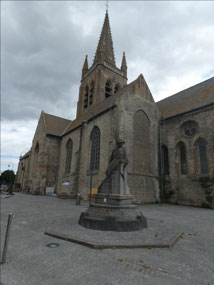
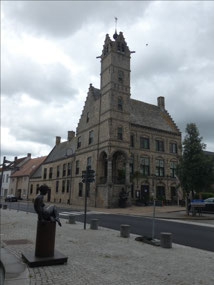
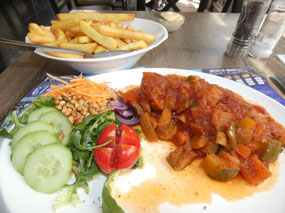
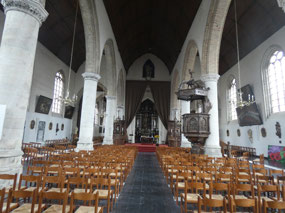
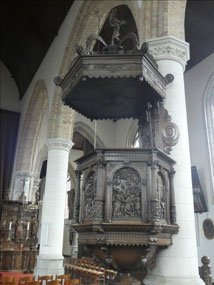
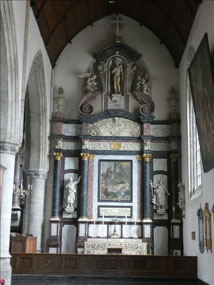


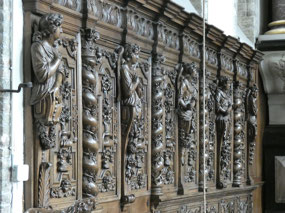
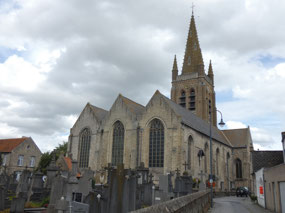
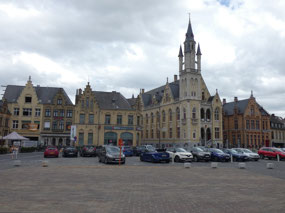
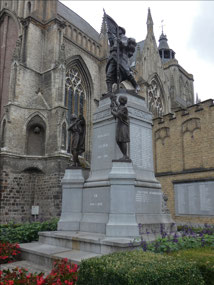
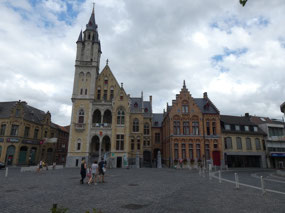
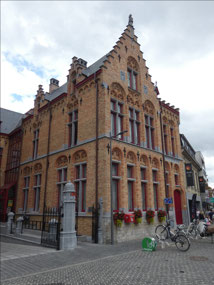
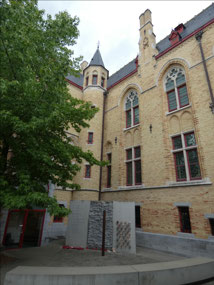
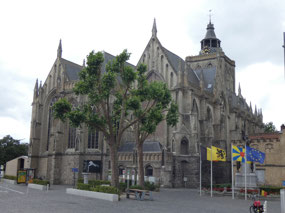
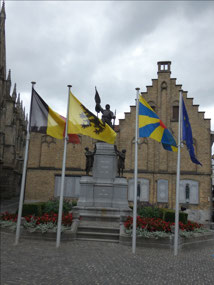
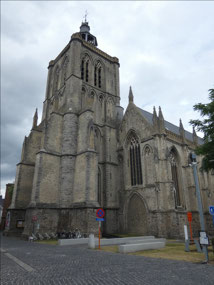
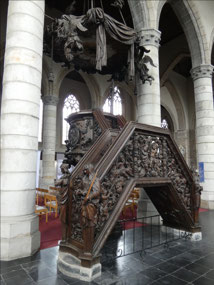
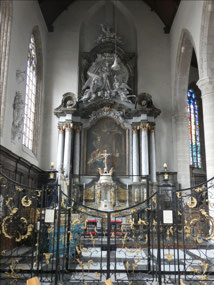
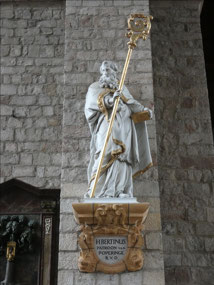
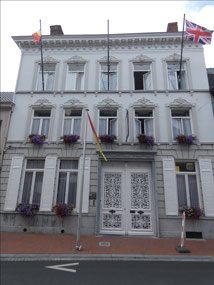
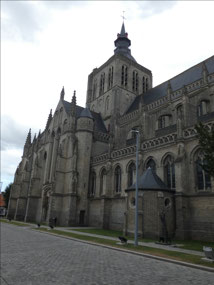
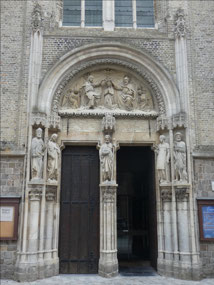
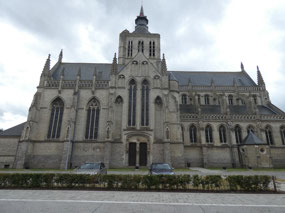
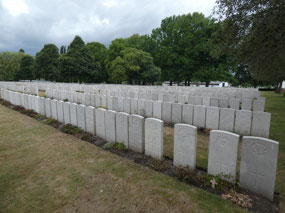
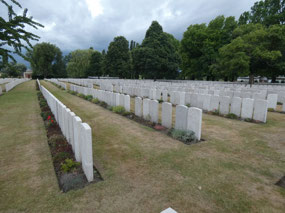

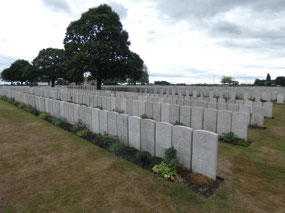
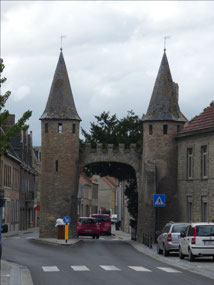
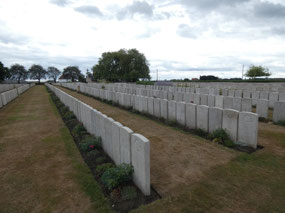
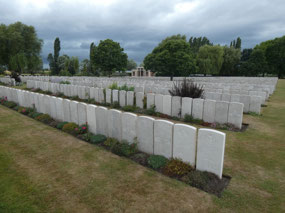
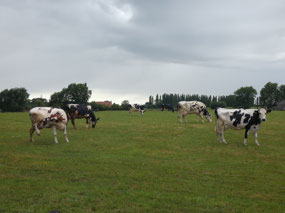
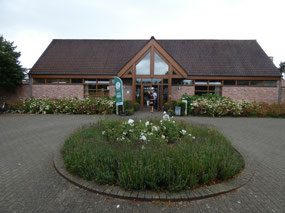
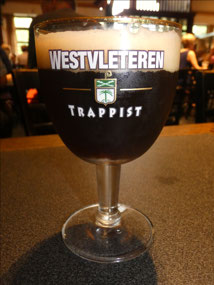
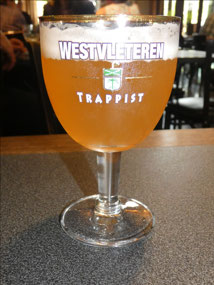
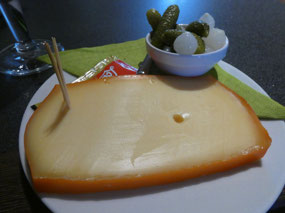
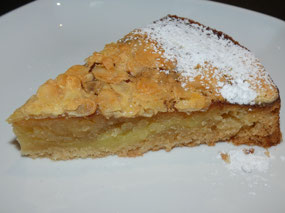
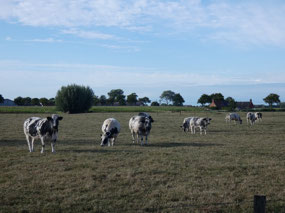
2025-05-22